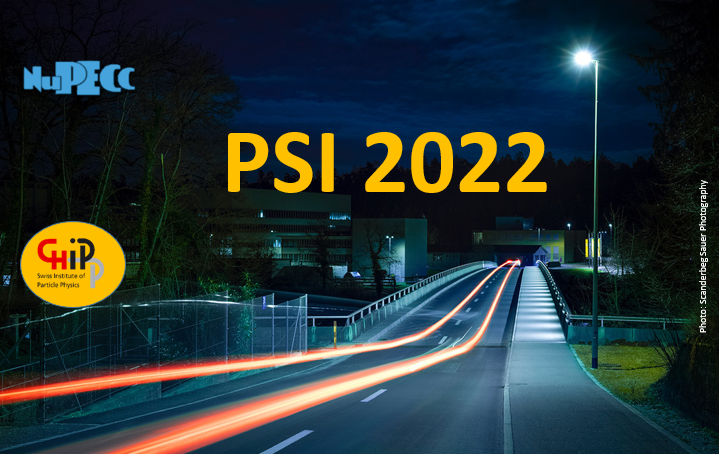Speaker
Description
The High-Intensity Muon Beams (HIMB) project aims to increase the rate of the intensity muon beamlines at Paul Scherrer Institute (PSI) by two orders of magnitude up to 10^10 µ+/s, with a significant impact on low-energy, high-precision muon-based experiments. This is done by improving the surface muon yield with a new target geometry and by increasing capture and transmission with solenoid-based beamlines.
Even though the project focuses on surface muons, the increased capture and transmission affect all the particle species produced at target. The beamlines will be able to deliver muons, electrons and pions, and it is essential to evaluate the deliverable beam characteristics of all the particle species in the full momentum range accepted by the dipoles, up to 80 MeV/c.
To evaluate the performances of the beamlines, we rely on particle tracking simulations in high-fidelity field maps, which are computationally intensive and time-expensive to optimize. The optimization of the relevant beam parameters is performed with Multi-Objective Genetic Algorithms (MOGA), as they have been proved efficient in solving high-dimensional global optimization problems.
We present here the optimization strategy of the HIMB beamlines based on MOGA and its results.

